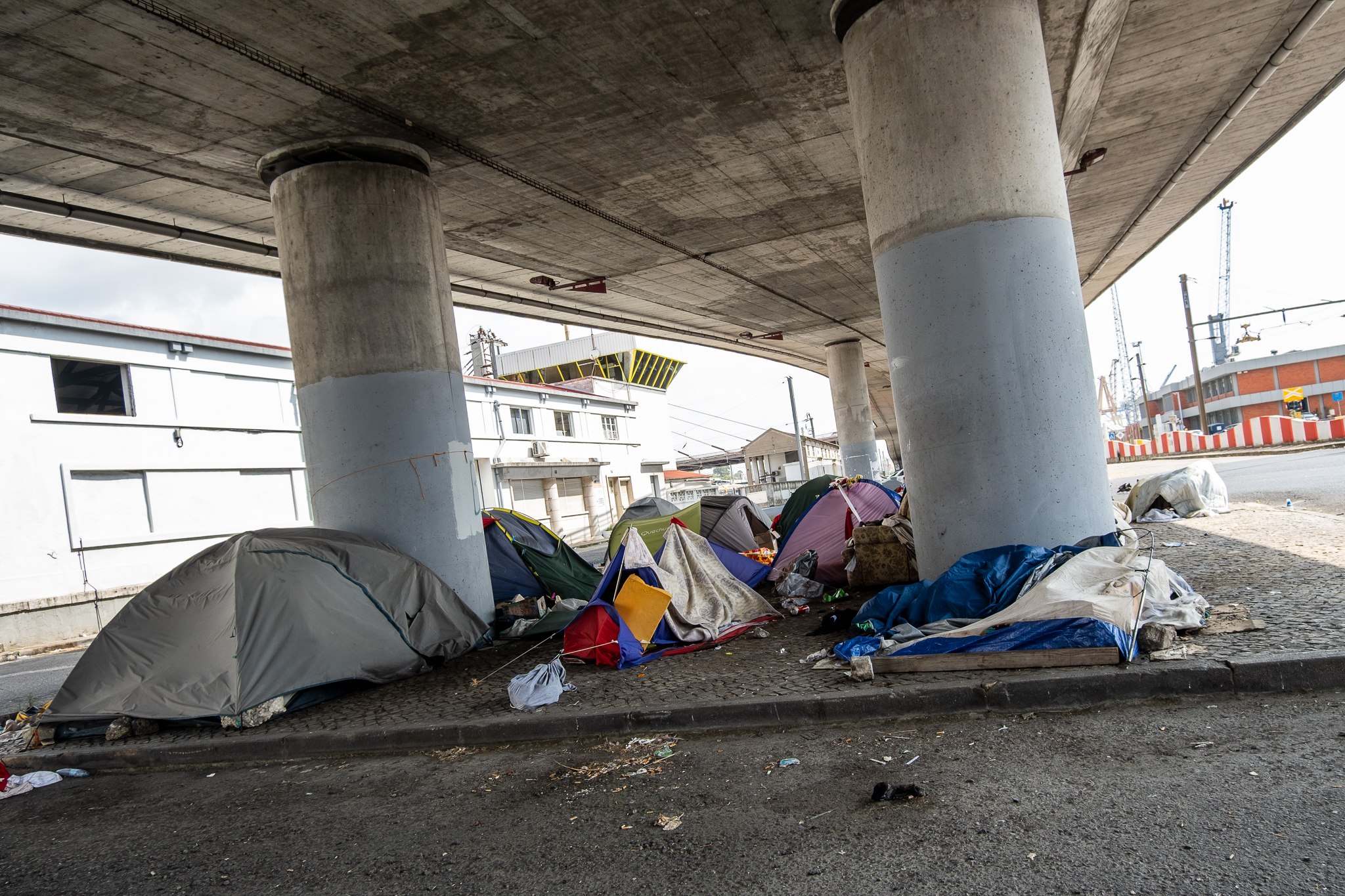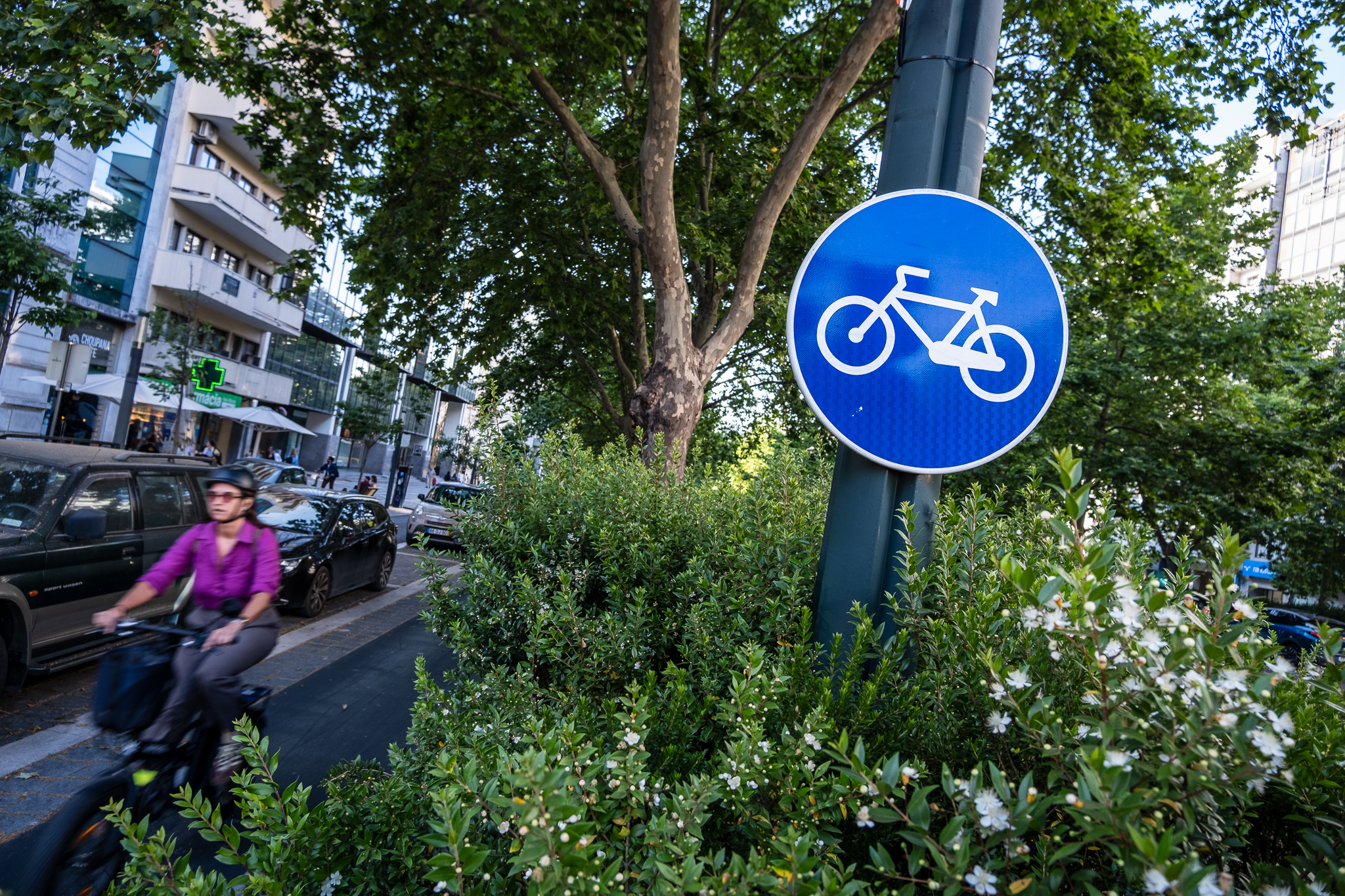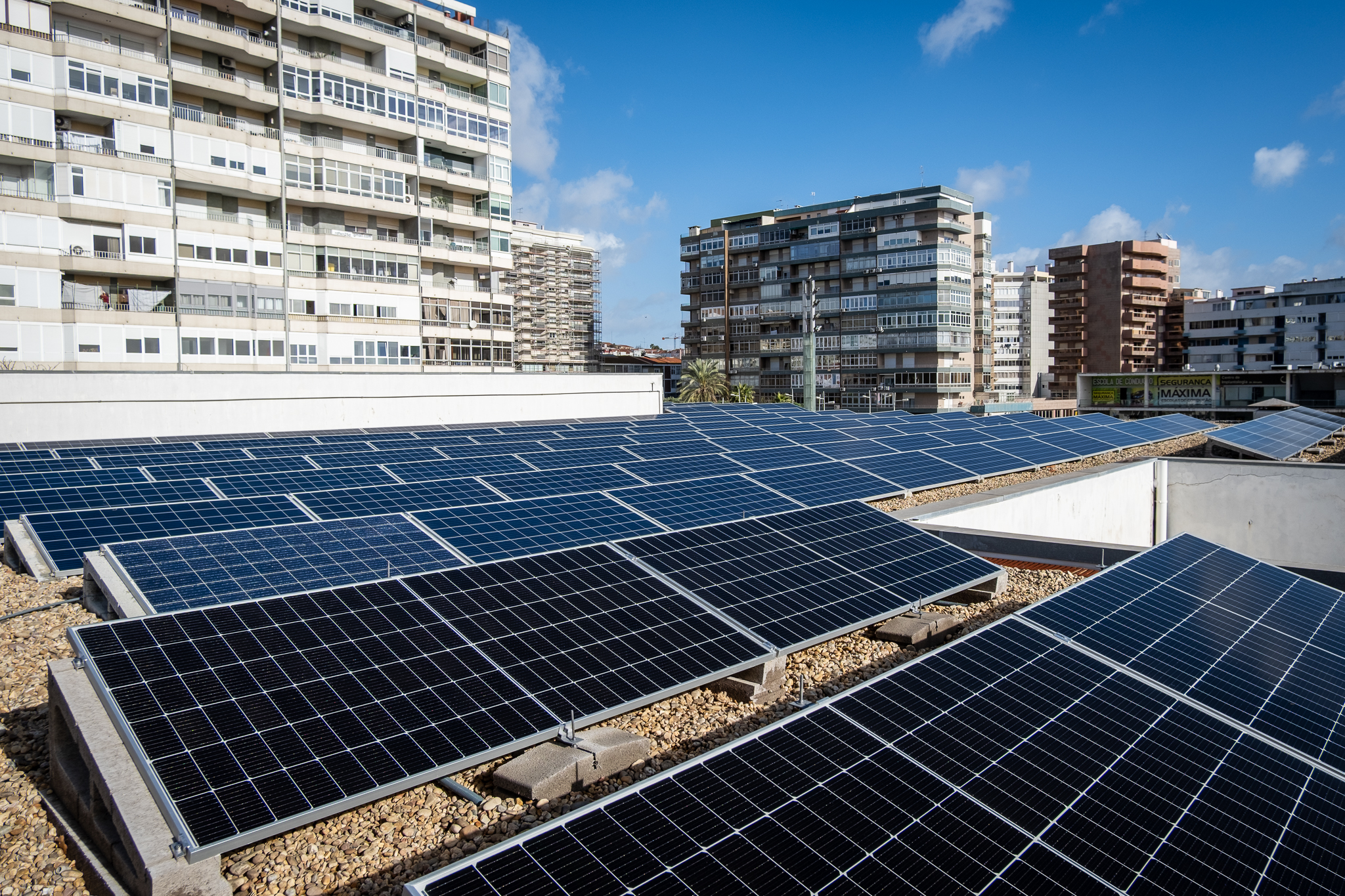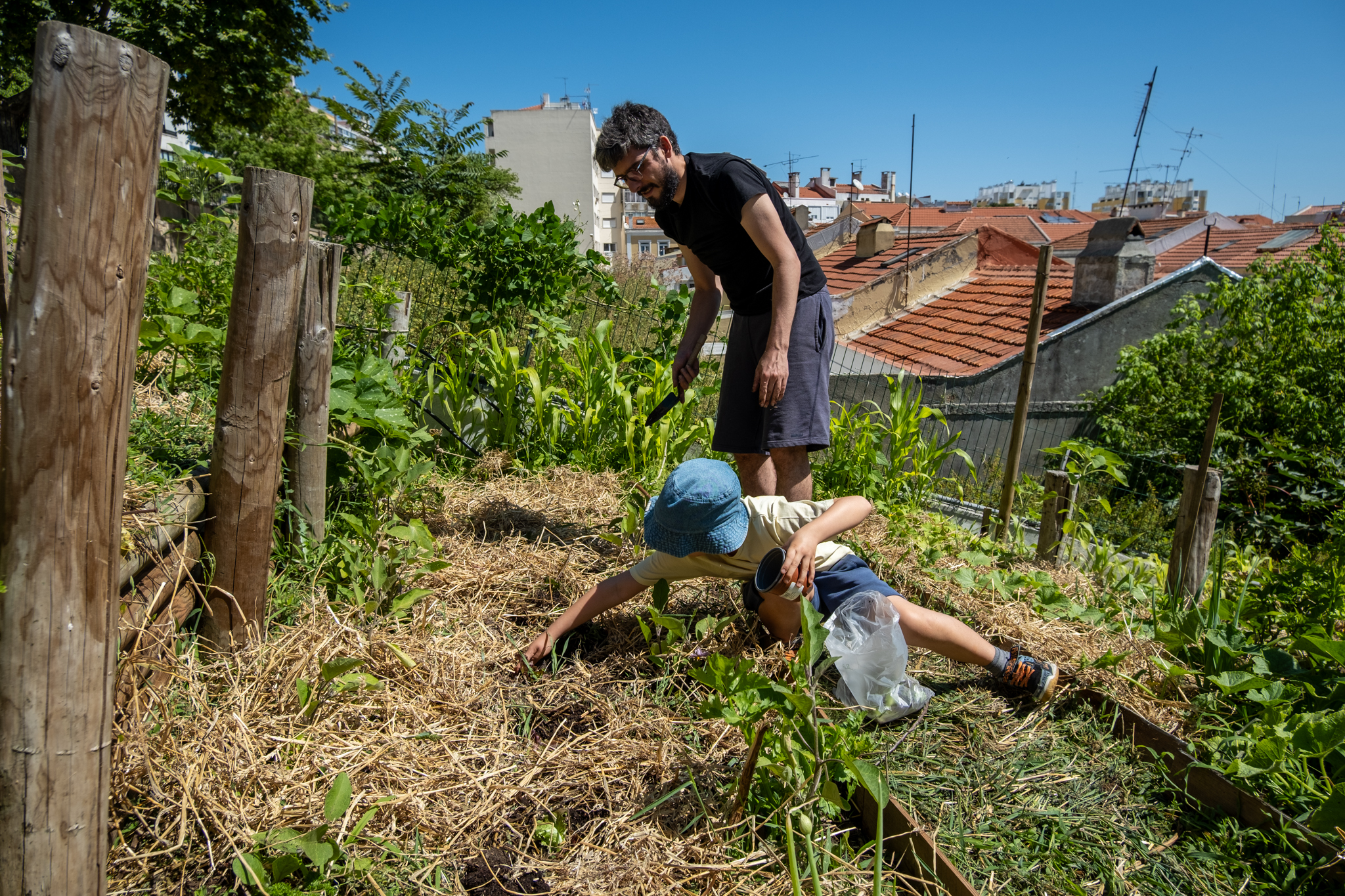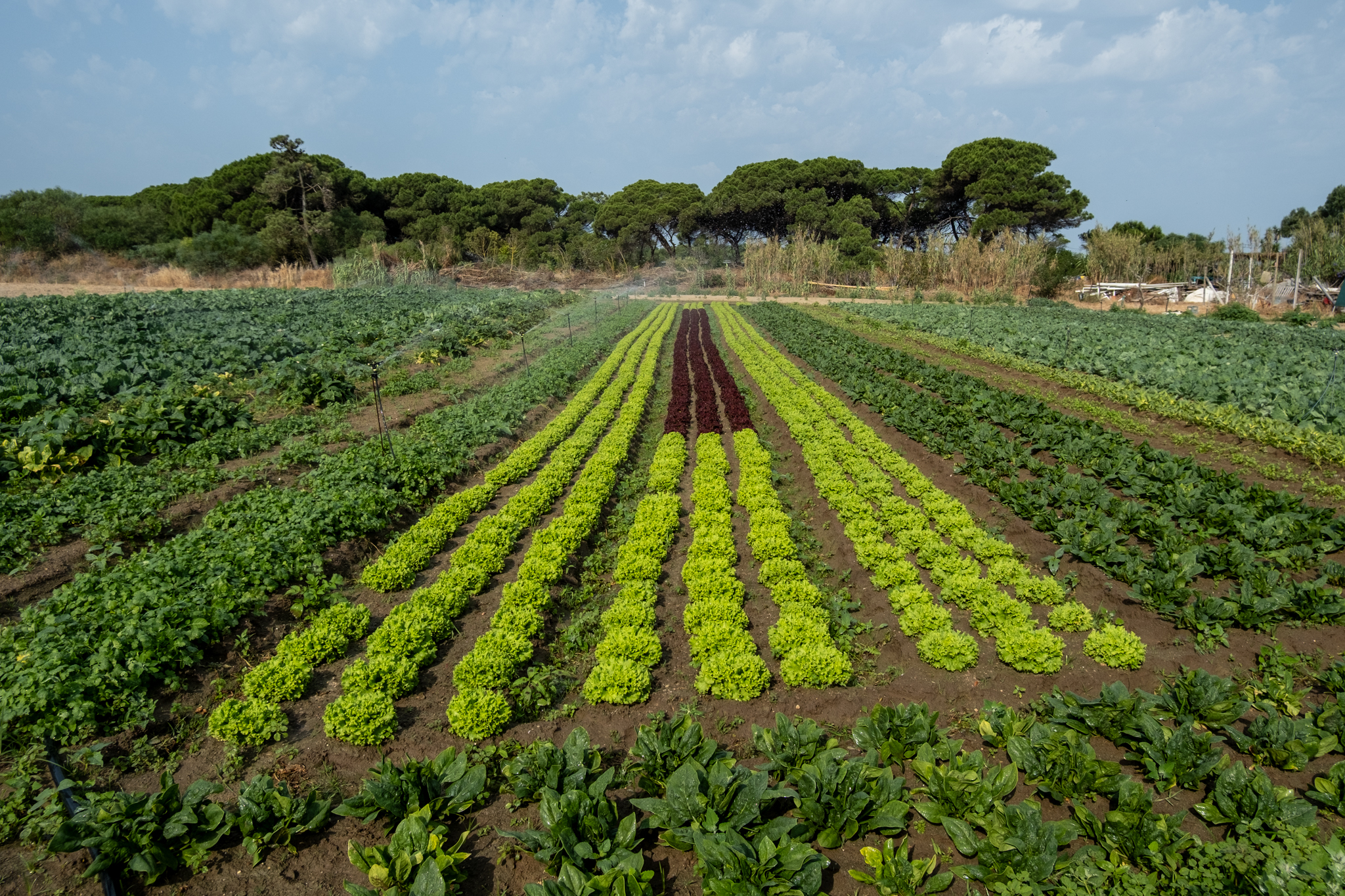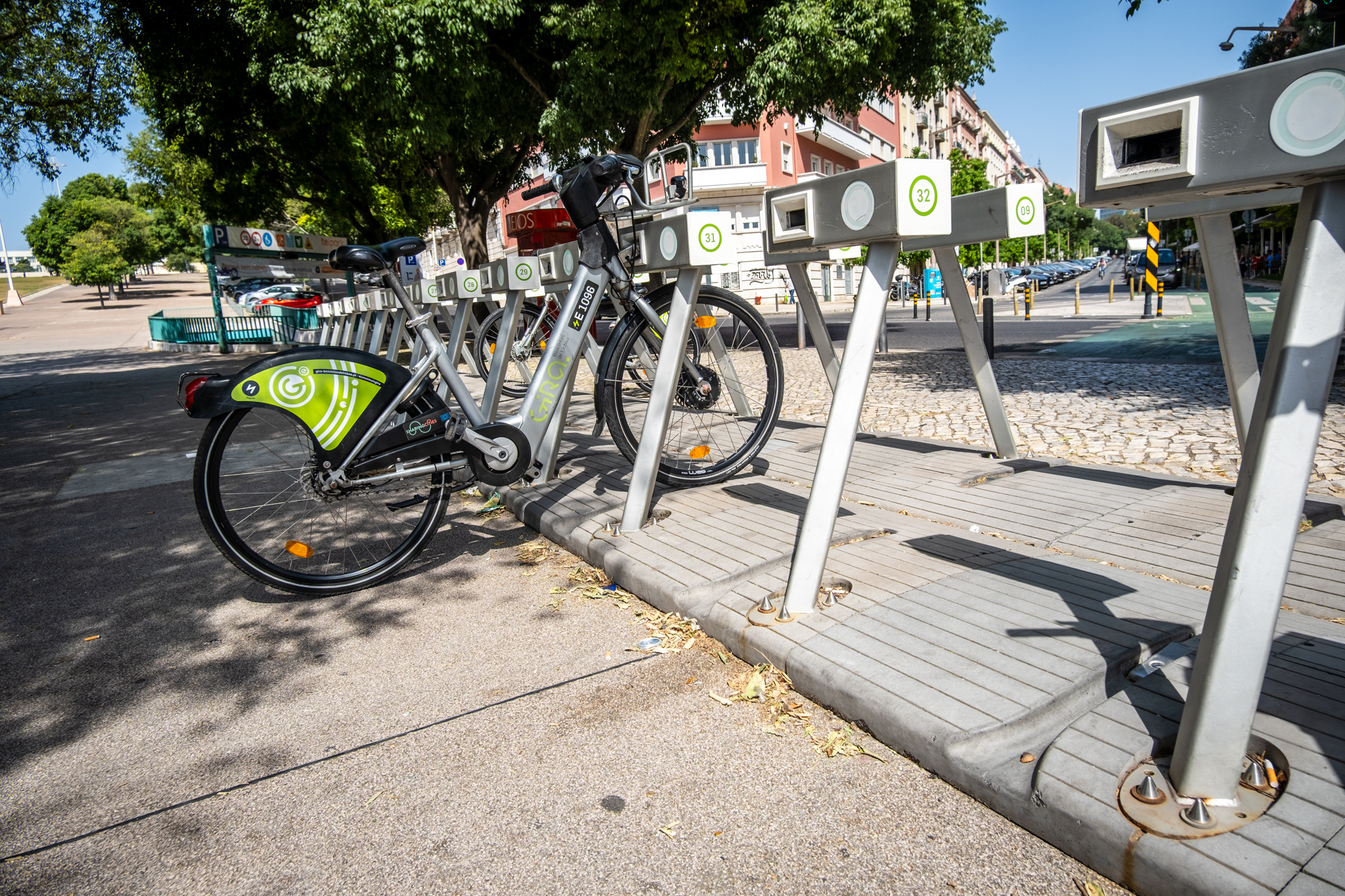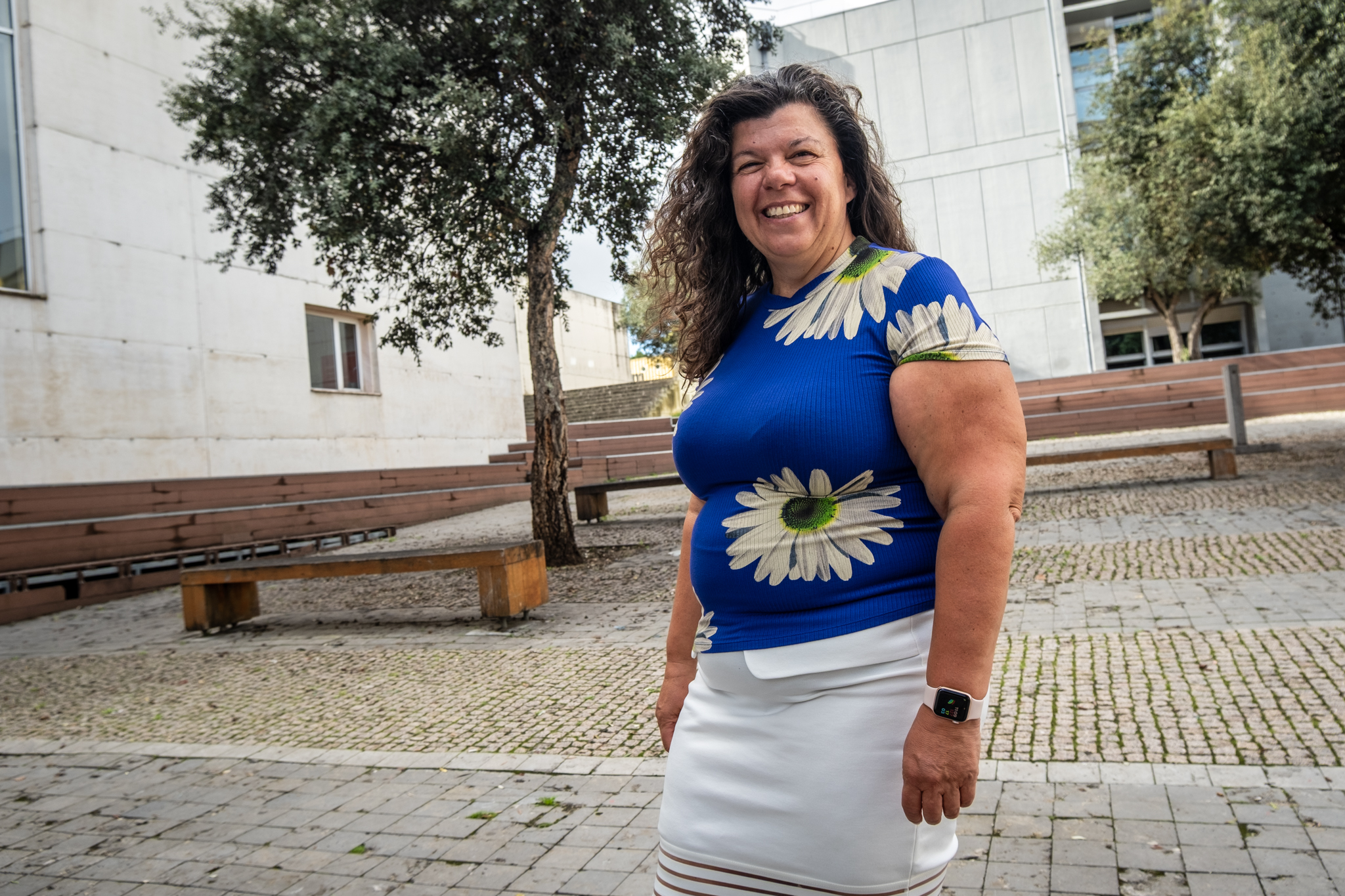Martyna Idasiak and Ralph Frühwirth, master's students at Lund University in Sweden, won the Students Reinventing Cities competition, promoted by the C40 Cities group. They propose a Mouraria with fewer cars, more people walking and cycling, more green spaces, affordable housing and offices, and tuk-tuks as public transport.

Two students from Lund University in Swedenreinvented the Lisbon neighborhood of Mouraria as part of the international competition Students Reinventing Citiespromoted by the C40 Cities group - of which Lisbon is a member. The work of Martyna Idasiak e Ralph Frühwirth was the big winner, with the two young people proposing a Mouraria with fewer cars on the surface, more pedestrian and cycling infrastructure, better waste collection, more green spaces and the tuk-tuks serving as public transport.
In the memoir describing their work, Martyna and Ralph - who sign as Dreamers Inc.a fictitious company of young dreamers - indicate that “the streets of Mouraria are mostly taken over by cars, leaving little or no space for people"and suggest putting this space to other uses. Specifically, the proposal involves transforming parking spaces into pedestrian spaces for circulation and leisure, terraces for restaurants, shared bicycle stations, parking lots for private bicycles, green and permeable areas, etc.
"In cooperation with local business owners, a space previously occupied by a car can become a parklet to expand the offer of a restaurant or to provide seating for elderly people returning home from the grocery store. In addition, some of the newly available spaces can now offer parking for bicycles and basic repair tools, while several others can now accommodate street vegetation, thus offering shade and contributing to improving the microclimate, especially on hot days."write the two students from Lund.
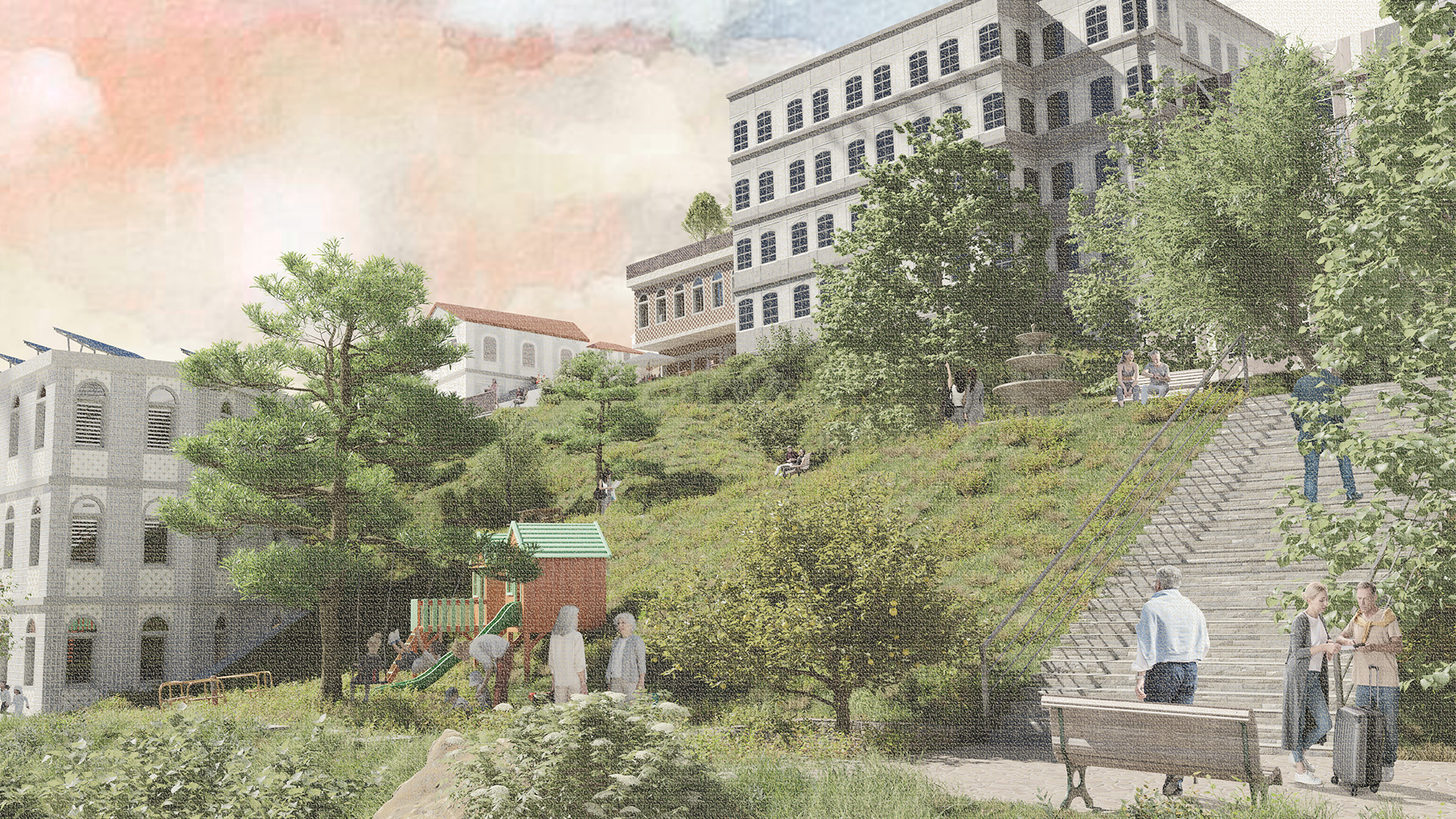
According to Martyna and Ralph, “the redevelopment of parking spaces in Mouraria not only serves to improve smooth mobility and connectivity to everyday services, but also leads to a significant reduction in emissions, which is further facilitated by the new vegetation on the streets. Combined with street furniture placed in a co-creative way with the local community, it improves the overall quality of public spaces and the possibility of more social activities for the Mouraria community. In addition, the parking space recovery project is a springboard for the creation of a 100% car-free zone in the future“. And what to do with the cars that park on the streets of Mouraria today? The students propose high-rise garages/silos.
The two students from Lund were in Mouraria to understand the local dynamics. One of the things they noticed was the proliferation of tuk-tuksa tourist service that "influences the overcrowding of public spaces" but also "employs the local population". The duo's proposal is to transform the tuk-tuks a local, low-cost electric public transport system, with its own circuit through the Mouraria district and several pick-up and drop-off points. "This project tremendously improves mobility in the area, especially for the elderly population of Mouraria and people with reduced mobility in general"the students describe.
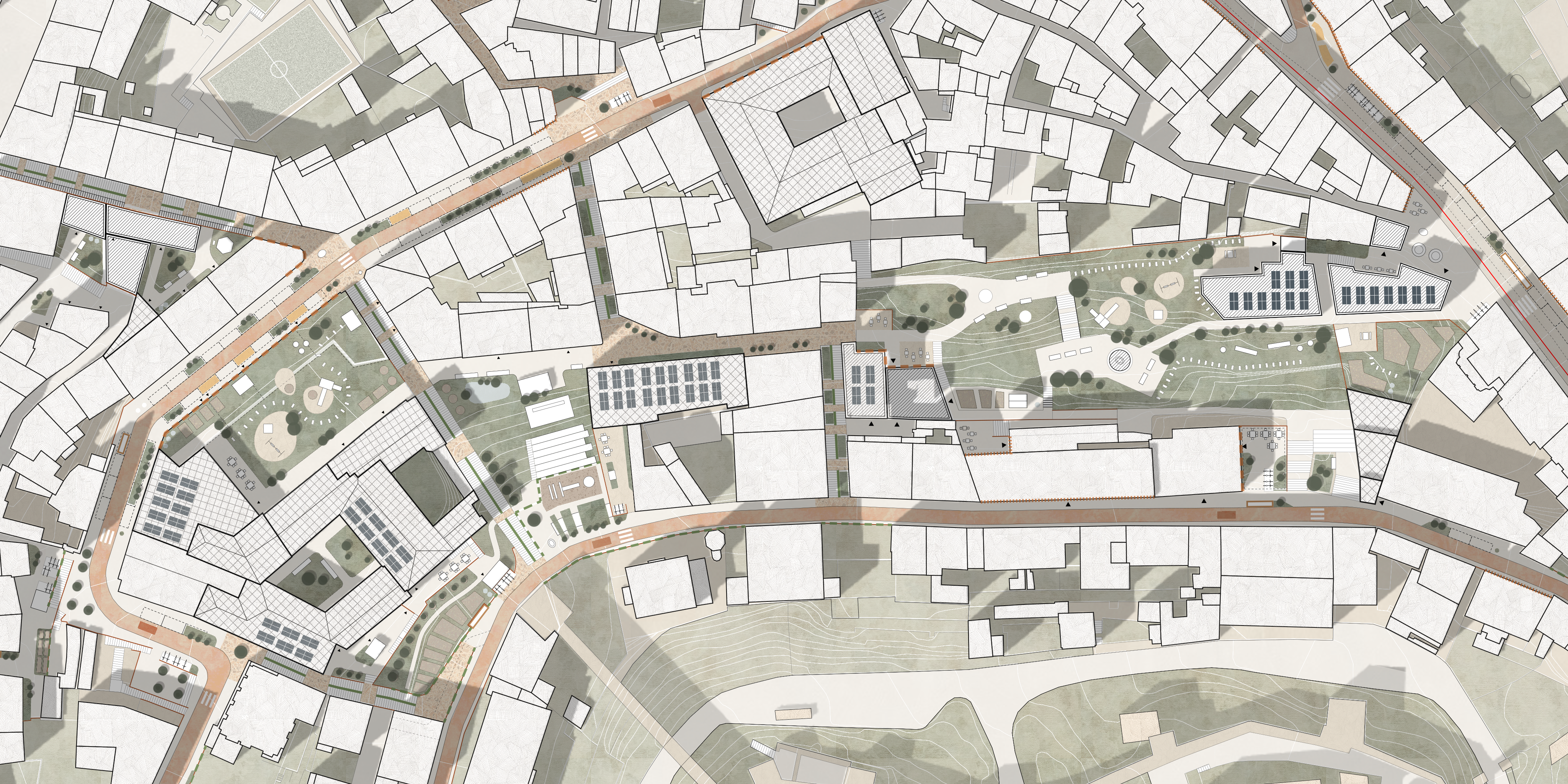
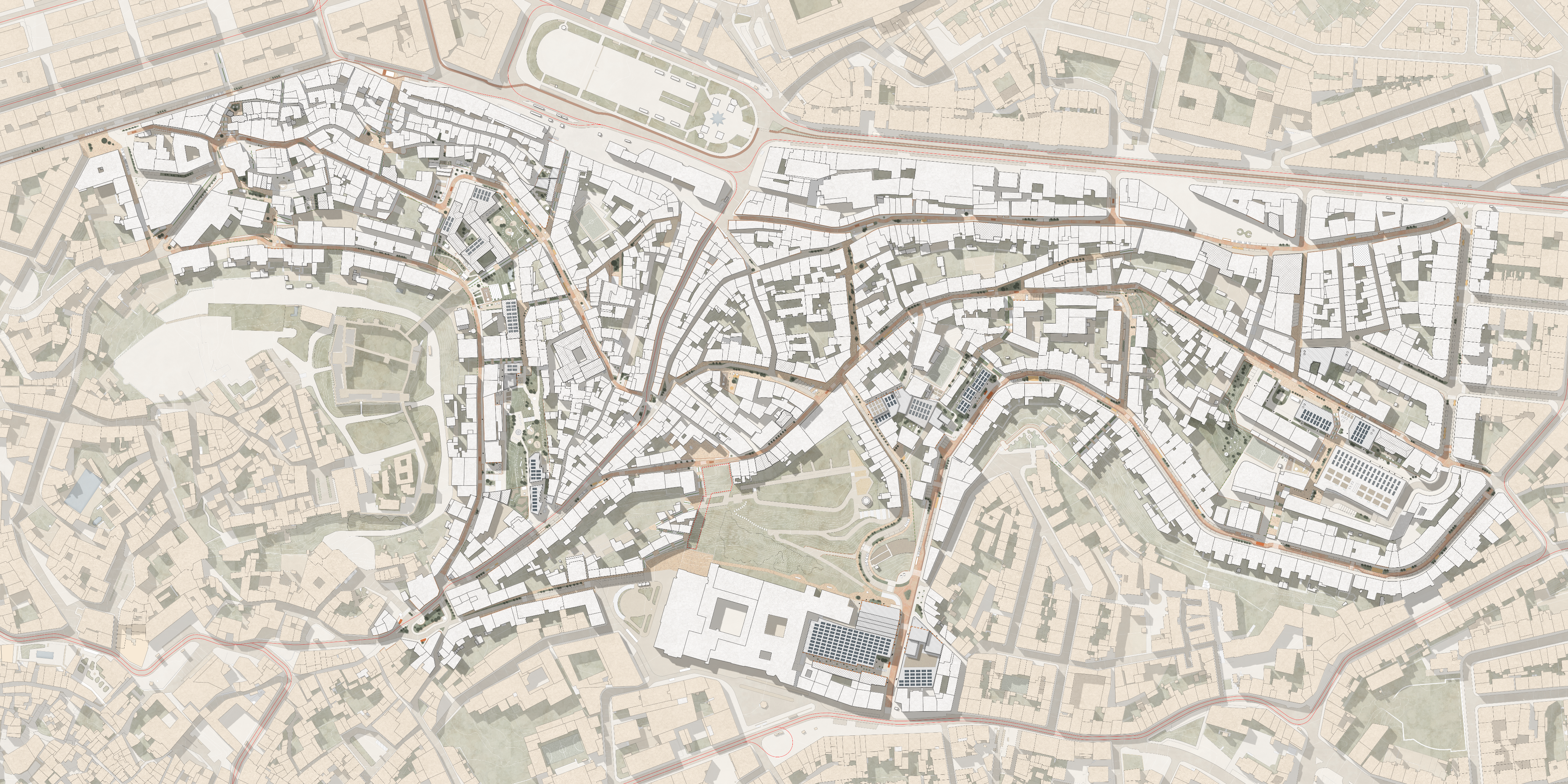
Urban design is only one part of the two students' proposal. Streets with more green, pedestrian and cycling areas are of no use without strong and lively local communities. Martyna and Ralph point out that Mouraria "currently faces some challenges linked to the touristification of the neighborhood" and that "economic dependence on tourism has led to the gradual desertification of the area, followed by the replacement of local commerce with tourism-oriented retail, the depletion of the housing stock in favor of short-term rental accommodation and the neglect of public spaces". However, the pair of dreamers encounter a "dormant potential" in the neighborhood, particularly in terms of traditions, art and innovation, fueled by multiculturalism, and visible in "neglected and abandoned buildings, underused public spaces, as well as closed and fenced abandoned areas". Martyna and Ralph want to revitalize this building, creating meeting points and social interaction, affordable housing and work spaces (in other words, creating a mixed neighbourhood) and spaces for different generations and cultures.
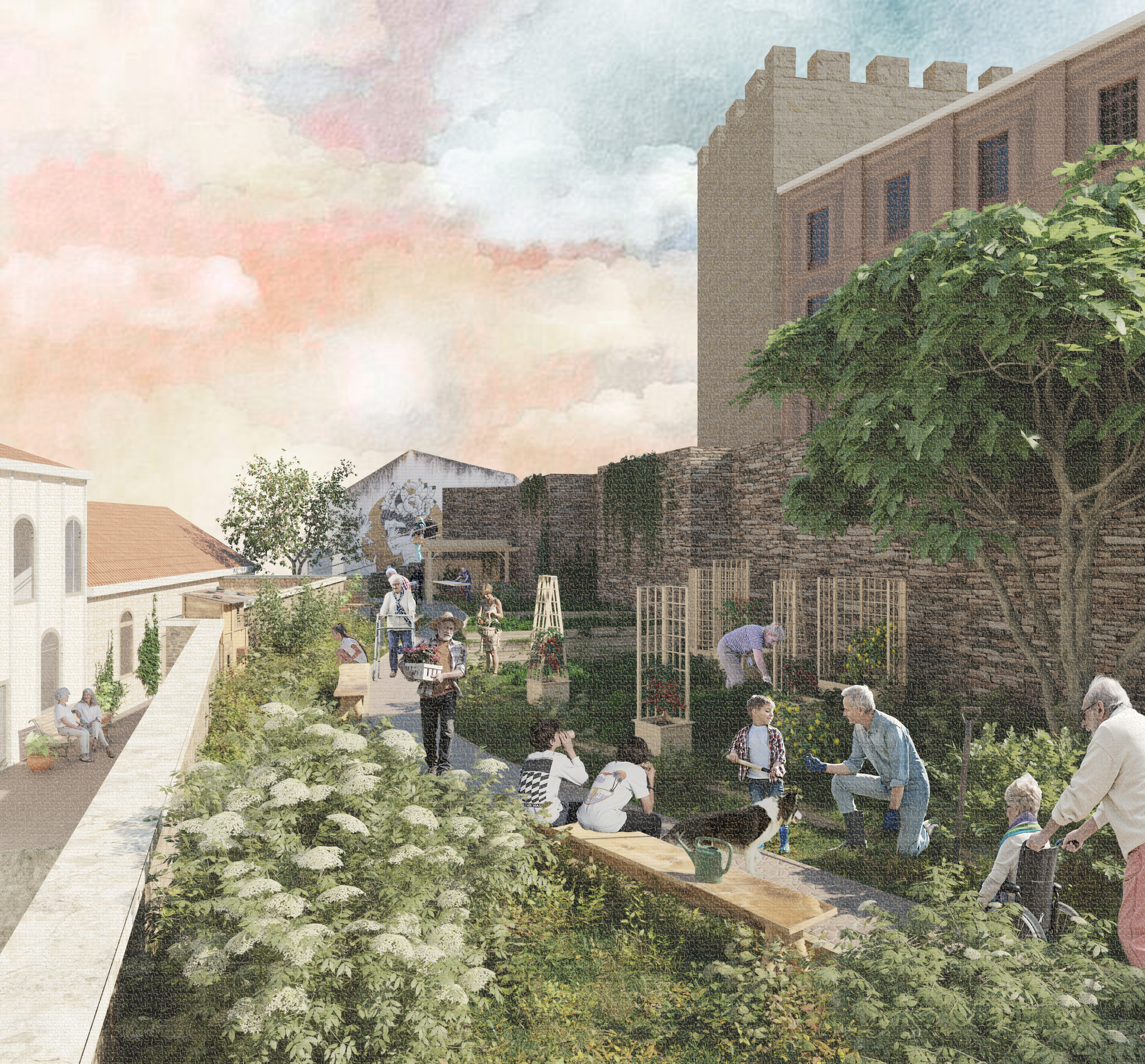
The students propose, by opening up closed spaces and buildings, creating a more uniform green and blue network in Mouraria, increasing the recreational areas available to the population and mitigating the Urban Heat Island (UHI) effectbut also reusing underused buildings, with a view to reusing existing construction rather than building new ones. Specifically, they propose transforming the monastery at Largo da Rosa into an intergenerational center with housing for the elderly, a kindergarten, affordable housing and a public area for community events; transforming an old industrial structure between Rua Damasceno Monteiro and Travessa da Nazaré into a space for artists' studios and shared offices; create a large green area and public square on Calçada de Santo André; and convert the parking lot on Rua Damasceno Monteiro and Calçada do Monte into a "mobility hub" with a library and multimedia center, offices, a logistics center, a charging station for tuk-tuks, etc.
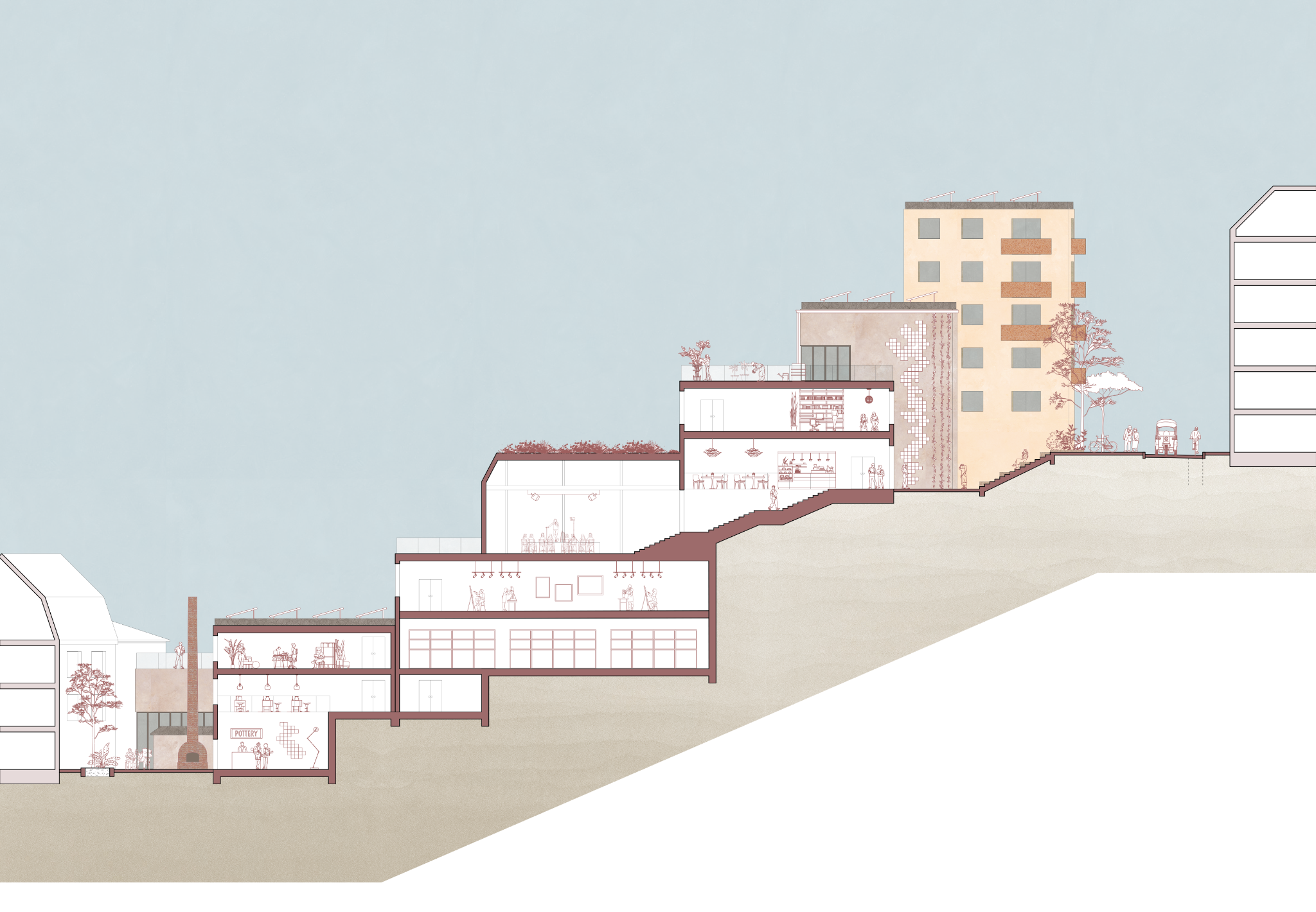
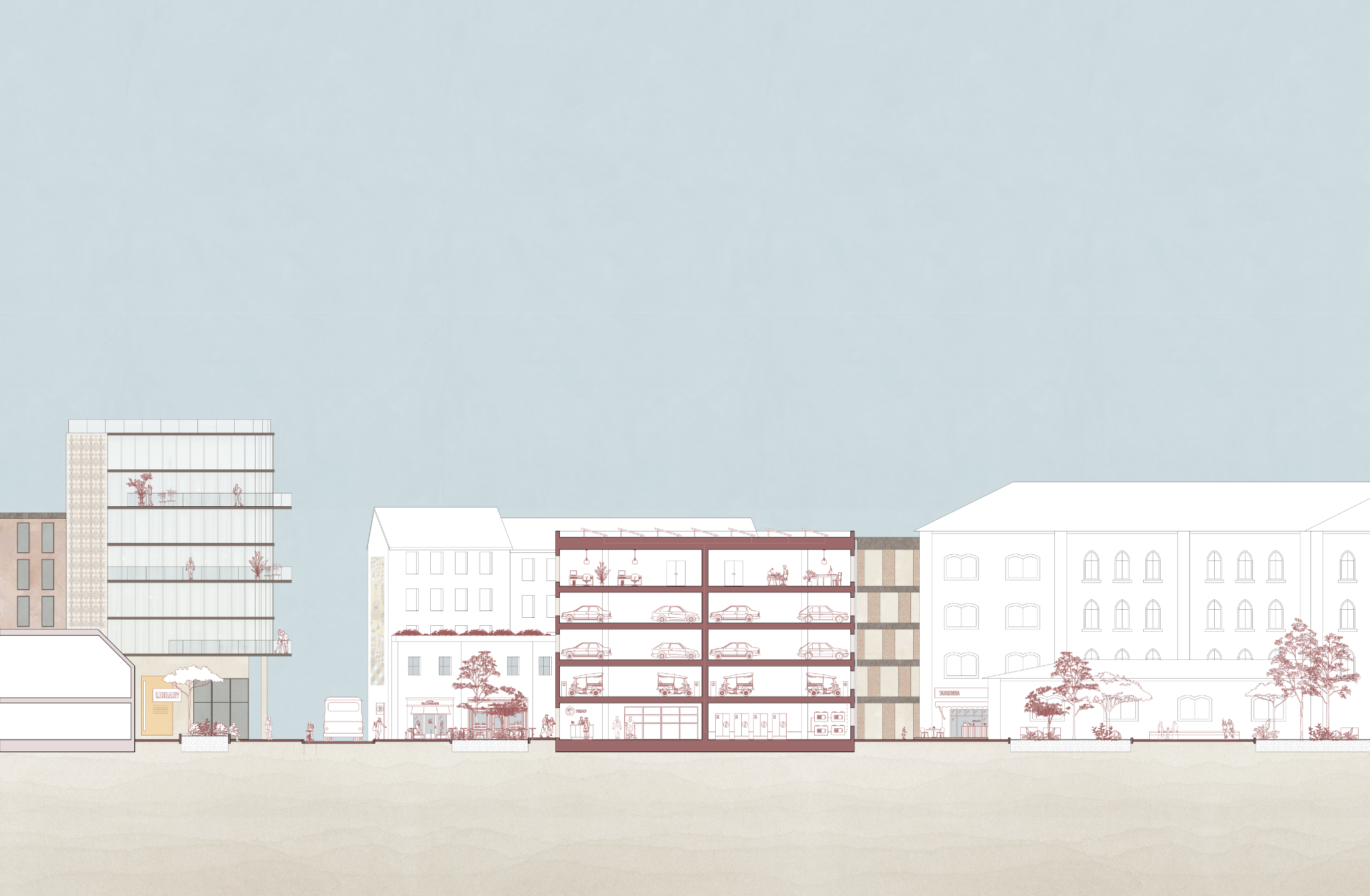
The Dreamers Inc. also suggest the creation of a farm along the Castle Coast where the community can grow local produce and students can learn about pruningThe installation of vertical gardens that take advantage of certain façades or green areas on rooftops, or the reactivation of water sources - drinking or reused - for drinking or irrigation. "The identity of Mouraria and the well-being of its community are currently at stake. Due to many factors such as urbanization, tourism, demographic changes and climate change, the neighbourhood is facing many challenges. However, its great social capital and its material and immaterial heritage are a great opportunity to transform it into a green and prosperous neighborhood."
You can read the full proposal here:
The international competition Students Reinventing Cities was promoted by the C40 Cities network, of which Lisbon is a member along with a hundred other cities around the world. In the Portuguese capital, the initiative was organized as part of the HUB-IN project, which is being coordinated by the Lisboa E-Nova agency. The competition jury was made up of Diana Henriques, from Lisboa E-Nova, Susana Paulo and Dora Lampreia, from Lisbon City Council, Ana Barbosa, from IKEA, Rita Lopes, a researcher at Universidade Nova de Lisboa, and Costanza De Stefani, from C40 Cities. Nineteen projects were evaluated. The winning team, made up of Martyna Idasiak and Ralph Frühwirth, both master's students, had Andreas Olsson and Architect SAR/MAS as external consultants.
According to Vera GregórioHUB-IN coordinator, "very impressed with the quality of most of the applications, very good indeed"but the Swedish duo's project stood out for its "excellent graphic presentation" and also by "the quality and detail of the intervention plan, which included various entities, estimated budgets and a timeline. What's more, it wasn't just office work, because they also made field visits, contacted the population and even coordinated with municipal strategies, such as the Climate Action Plan.", said in an interview with Smart Cities magazine. "It is indeed a work with a high level of maturity. It has a vision, it has an approach and it shows a high level of professionalism, always respecting the link between historical heritage and sustainability and explaining the practical application in the City of 15 Minutes very well."
In November, there will be an online conference with the best finishers in the competition (Second place went to the "Connected Future" project, by students from Imperial College London, and third to "Tram for Transformation", by Politecnico di Milano). The winners don't receive monetary prizes, but they will participate in the HUB-IN project and will have the opportunity to present their projects to the community and policy-makers. "For example, all these inspiring ideas could be interesting to share with the team coordinating the Colina do Castelo Detailed Plan, which was also part of the jury."Vera Gregório also told Smart Cities magazine.


